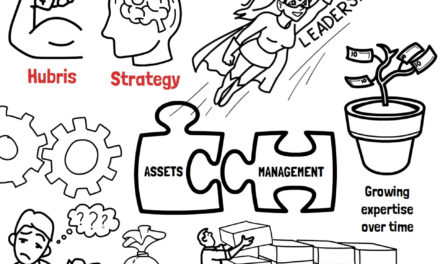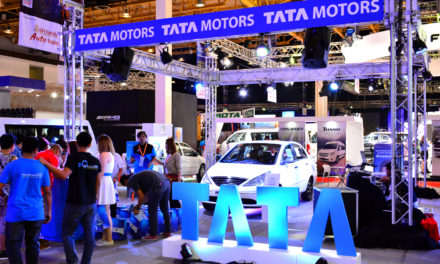How Outdated Patent Law Threatens Innovation
How Outdated Patent Law Threatens Innovation

Nearly half of startups that revolve around an innovative product or service are led not by experts from either academia or industry, but by enthusiastic users of the product or service. Unfortunately, current patent law is biased against these so-called “user entrepreneurs.”
Why this matters
Due to inadequate intellectual property protection, these entrepreneurs—who tend to be the key innovators in industries such as scientific instruments or consumer sporting equipment—may face many unnecessary obstacles when starting new businesses.
The Takeaway
To encourage the growth of these types of businesses, policy makers need to advocate for updates to patent law that would recognize the important contributions of this class of innovators.
In Depth
How Entrepreneurs form New Businesses
For much of the 20th century, even through economic ups and down, the rate of new business formation in America has exceeded the rate of business closure. Given the recent decline in new business growth, researchers are looking more closely at how entrepreneurs form new businesses. The most common path is the one taken by Intel in the late 1960s, is “employee entrepreneurship” in which employees use experience gathered from work at an existing firm to start a new firm in the same industry. Google, launched by academics who applied knowledge gained in the lab, exemplifies a second type of start-up, called “academic entrepreneurship.” And Apple, founded by young computer enthusiasts with few ties to either industry or academia, represents a third route to firm formation, called “user entrepreneurship.”
Over the past couple of decades, user entrepreneurship, which scholars have rarely studied systematically until the last few years, has played a bigger and bigger role in the economy as a whole. According to a 2012 Kaufman Firm Survey of 4928 firms founded in 2004, 10.7% of all new firms fall into this category and user entrepreneurship accounts for 46.6% of start-ups that revolve around an innovative product or service. In a recent review article published in Research Policy, Rajshree Agarwal (University of Maryland) and Sonali K. Shah (University of Illinois Urbana) discusses the three main sources of knowledge that lead to firm formation. This emerging literature shows that user entrepreneurs are now dominant in several industries; for example, users have developed 76% of the key innovations in the field of scientific instruments, 67% in the semiconductor industry and 60% in consumer sporting equipment (say, skateboards).
Why Intellectual Property Law Stifles Innovation
Remarkably, as Agarwal and Shah highlight in their review article, even though user entrepreneurs now constitute a powerful engine of macroeconomic growth, patent law, which emphasizes an innovator’s training, continues to discriminate against them. “A patent for the same innovation might be upheld for an innovator with education and overturned for an innovator lacking formal education or training in the field,” they note. “Accordingly, a number of user-held patents have been challenged and overturned.”
At the present time, according to American intellectual property law, an innovation must be considered “useful, novel, and non-obvious” to be granted patent protection. To determine non-obviousness, courts seek to understand whether the innovator had more or less knowledge than the “person having ordinary skill in the art” (PHOSITA). In making use of the concept of PHOSITA, courts have typically interpreted the absence of prior formal education in the area as indicative of non-obviousness: therefore, individuals whose inventions are not tied to formal education—say, skateboarders or video-gamers—often do not receive the patent protection that they deserve. “Just like chemical engineers, people who develop sports equipment learn by doing. Their years of work should amount to something,” says Shah. “Right now, we are not necessarily rewarding that kind of experimentation.”
The PHOSITA rule actually dates back to an 1851 Supreme Court case, Hotchkiss v. Greenwood, where a mechanic sought patent protection for making a doorknob out of porcelain or clay rather than wood or metal. The court rejected the claim, noting that “there was an absence of …skill and ingenuity which constitute the essential elements of every invention.” But this line of reasoning clearly does not apply to today’s user entrepreneurs.
Dig Deeper
https://www.uspto.gov/web/offices/pac/mpep/s2141.html
https://www.digitaltrends.com/opinion/how-tech-innovators-can-knock-out-knockoffs/
Joshua Kendall has written on business and healthcare for numerous publications including BusinessWeek, Fortune.com, The New York Times, The Boston Globe and The Washington Post. For more about his work visit JoshuaCKendall.com.




